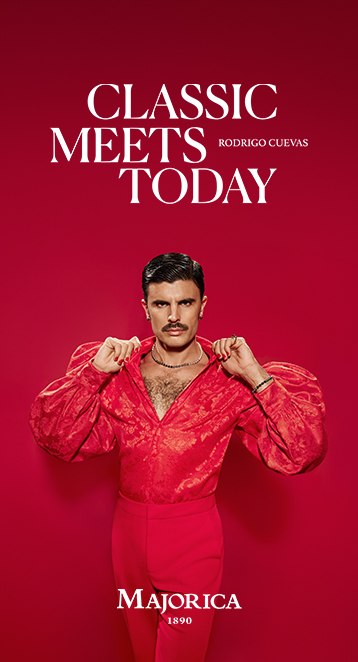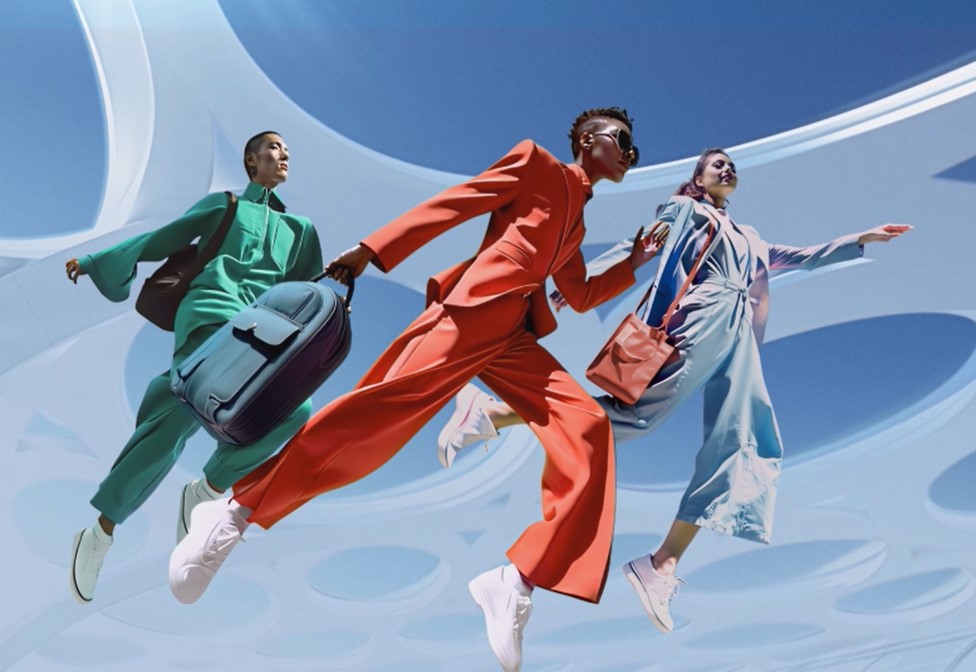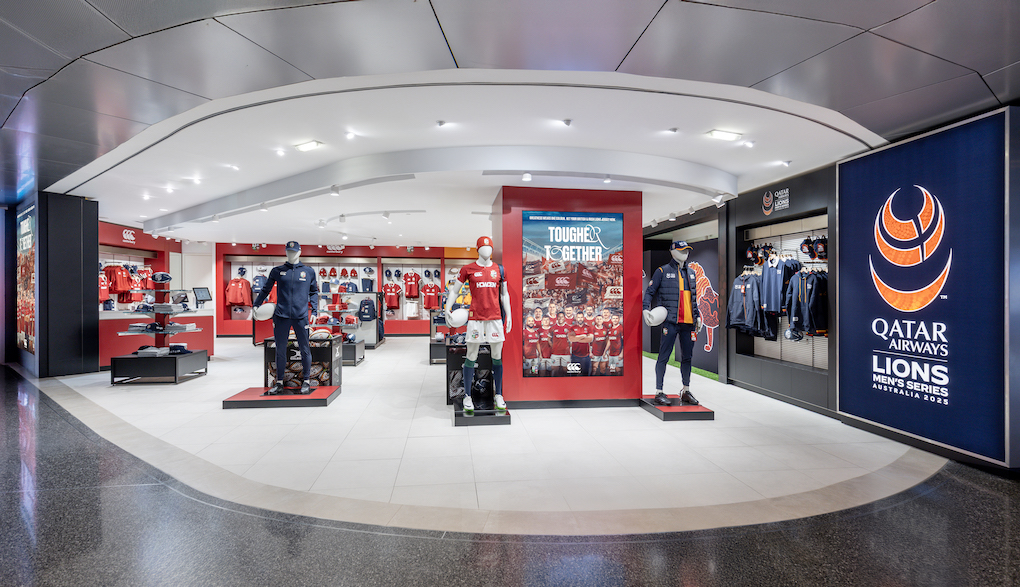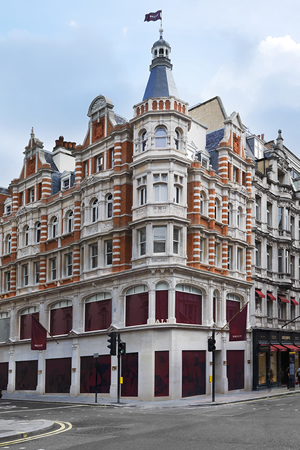 |
Bally’s new flagship store on New Bond Street, one of London’s luxury shopping strips |
In a continuation of a new chapter for Bally, heralded by the appointment of a new CEO and Design Director, the Swiss luxury house has opened its first flagship in over 20 years on London’s New Bond Street.
“The opening of the store is a huge step forward in representing our ethos of timeless functionality and modernity whilst respecting our rich heritage,” the brand stated.
Unveiled in October, the new store communicates Bally’s redefined corporate identity, from its revamped advertisements, to new packaging, collections and in-store services.
The store was designed exclusively by David Chipperfield Architects, furthering Bally’s history of working with renowned architects – previous collaborations have included projects with Robert Mallet-Stevens, Andrée Putman, Le Corbusier and Karl Moser.
Chipperfield was inspired by an image from the brand’s 163 year-old archive of a Bally store in 1920s Switzerland, designed by modernist architect and furniture designer Marcel Breuer.
“Bally possesses an incredible history and a tradition based on the quality of its shoes and the leather it uses. The design of the store aims to focus attention on the heritage of this highly respected Swiss company and both reflects and emphasises the appearance and the quality of the Bally product. The aesthetic of the Bally store recalls those clean traditions of Modernism that have been actively pursued in Swiss culture,” Chipperfield explained.
Most of the ideas for the store are taken from Breuer’s original design and reinterpreted, such as the stock wall concept and the light furniture used in the shoe salon, which is based on a reinvention of the bicycle handlebar-style furniture, previously created by Breuer. All furniture is made exclusively for this store.
The 4,320sq ft store spans three floors of retail space and offers customers “an immersive experience”. The basement houses the menswear collection, the ground floor is devoted to womenswear and the first floor – featuring the “˜Gentleman’s Corner’ – to the Made to Order, Made to Colour and Shoe Caring Services.
Speaking to The Moodie Report at the new store, Gentleman’s Corner Specialist Aaron Lotey said that customers have two options for customisation. For Made to Order, they can create over 50 colour/material combinations with a range of models (Blake, Goodyear and Golf) and materials, as well as 340 model/material/colour combinations.
Made to Colour – exclusive to Bally – is offered as an extension of the Made to Order service, giving customers the option of customising their bespoke shoes to any colour imaginable. Made from raw leather, the shoes are then coloured in store by Lotey to the exact wishes of the customer who can view the process, deciding on the intensity of their chosen hue.
 |
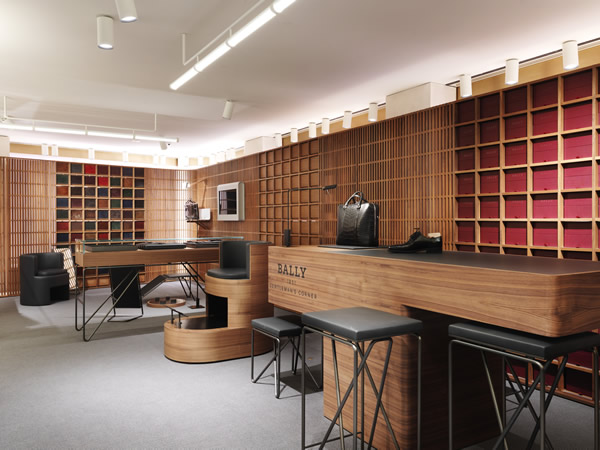 |
 |
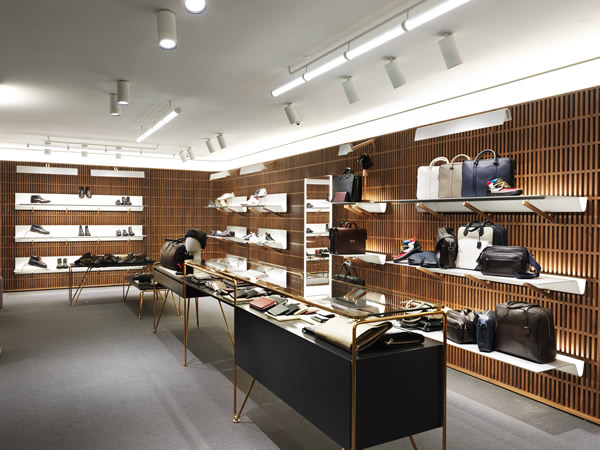 |
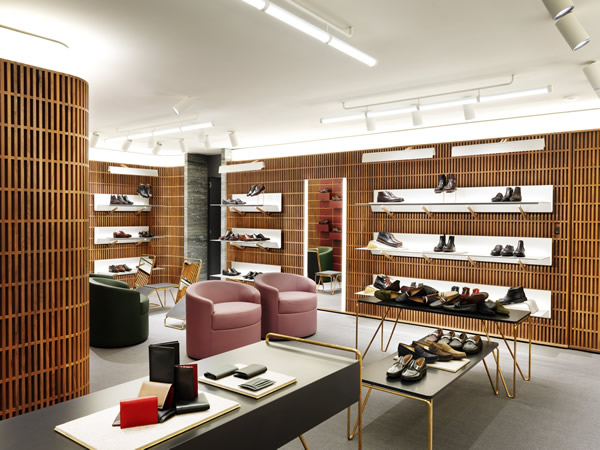 |
 |
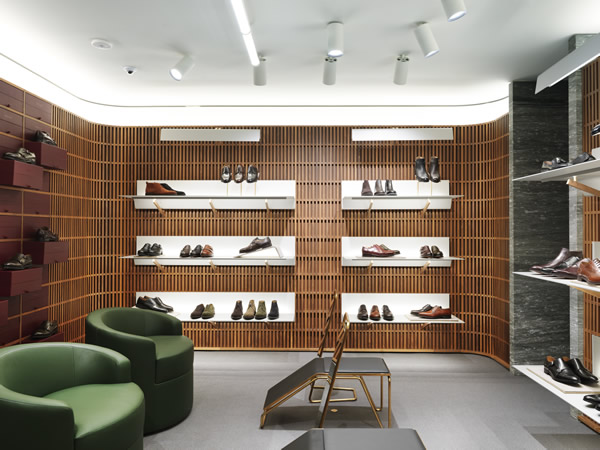 |
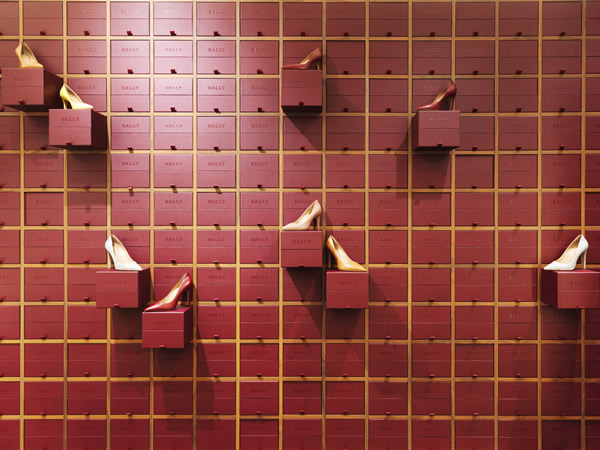 |
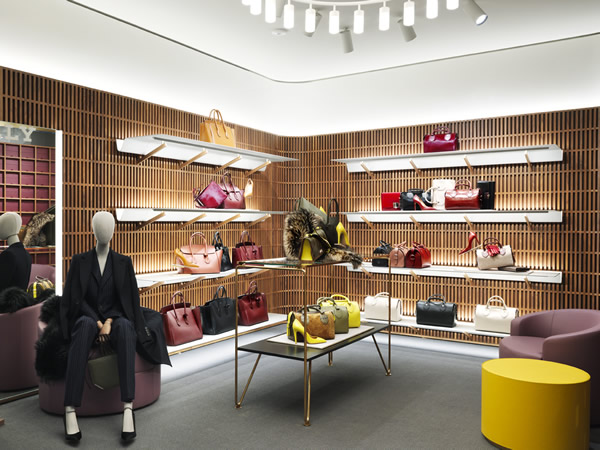 |
The new store was designed by David Chipperfield Architects, inspired by an image of a Bally store in 1920s Switzerland found in the brand’s 163 year-old archives |
According to Lotey, who has over a decade’s experience in shoemaking, no other brand can offer a bespoke service that allows customers to “start from zero”, i.e. with raw leather. A full bespoke pair of shoes can take from eight to 12 weeks to produce, depending on the materials used, he added.
Besides customisation, the new store also offers “shoe therapy”, with customers being able to choose from maintenance or repair options. Shoe caring services include conditioning glaçage, colour rejuvenation and weather proofing treatments; for repairs, shoes are mended accordingly and do not require an appointment. Shoe shining services are carried out on a shoe shine chair specially designed by David Chipperfield Architects.
The Gentleman’s Corner Lounge provides a space for customers to relax during their shopping experience and is fitted with special furniture made exclusively for Bally. There is also a feature wall of various leather combinations which are available for the made-to-order shoes.
 |
Gentleman’s Corner Specialist Aaron Lotey works on a Made to Colour creation in the store |
New corporate identity and design direction
The opening of the new flagship marks an important milestone in Bally’s revival, which began with the appointment of Frédéric de Narp as CEO in November 2013 and Pablo Coppola as Design Director in February 2014. Together the two have forged a new design direction for the brand, with a renewed focus on craftsmanship and innovation.
Speaking at the annual Bally cocktail during the TFWA World Exhibition in October, De Narp said the brand – which he referred to as the “king of shoemaking” – is going back to its roots as a luxury shoemaker. Bally’s first shoes were made entirely by hand but it was not long before founder Carl Franz capitalised on major breakthroughs in industrial production processes by introducing the first sewing machines and steam machinery to operate looms during the late 1850s.
The Bally family’s passion for shoes had led to a vast private collection of historical footwear from all over the world, housed in the Schönenwerd Shoe Museum which opened to the public in 1942. Described as a cultural and stylistic journey through 3,000 years of shoe history, the collection numbers around 1,000 shoes with 35,000 more housed in Bally’s private archive.
“Our heritage [as a shoemaker] is the best kept secret in the industry,” De Narp said.
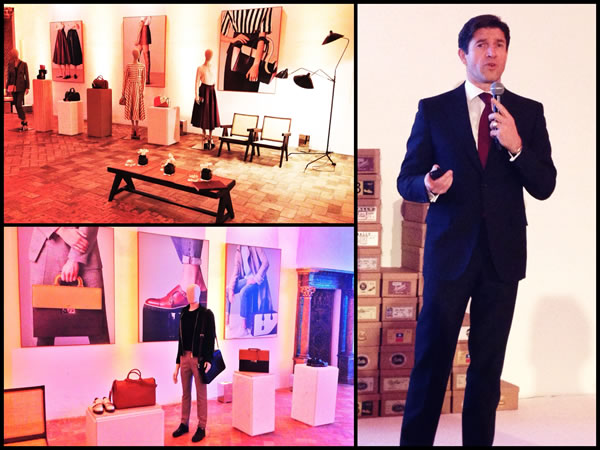 |
Bally CEO Frédéric de Narp reveals Bally’s plans for 2015 at the TFWA World Exhibition |
In creating his first collection for the fashion house, Coppola dug into the deep archives of the 163 year-old brand for inspiration. The result was a collection unified across the different categories by certain key signifiers which pay homage to Bally’s heritage: an updated crest motif referencing Switzerland’s three mountain peaks; the Dottic pattern/material, the gentleman’s corner, the karabiner, the “B” logo, and the Bally stripe. In keeping with Bally’s new look and feel, all packaging and logos also have been revamped and incorporate the custom “˜Bally red’.
De Narp said the rebirth of the brand will be supported by further flagship store openings; new advertising campaigns, including out-of-home and a renewed focus on key publications in fashion and modern luxury; as well as developing a relationship with celebrities globally.
The brand aims to open at least 12 flagship stores in major cities in the next five years, De Narp added. New stores have already been planned for Rodeo Drive in Los Angeles in 2015 and in the Ginza district of Tokyo in 2016.
Travel retail will also be a key focus, De Narp confirmed. Currently about 100 out of its 300 stores worldwide are in the channel – and he believes there should be more.




